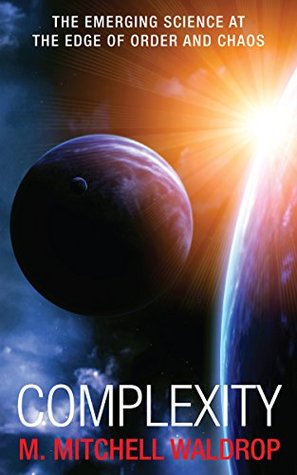Now compare that with standard bulk commodities such as grain, fertilizer, or cement, where most of the know-how was acquired generations ago. Today the real costs are for labor, land, and raw materials, areas where diminishing returns can set in easily. (Producing more grain, for example, may require that farmers start to open up less productive land.) So these tend to be stable, mature industries that are described reasonably well by standard neoclassical economics.
Welcome back. Just a moment while we sign you in to your Goodreads account.


